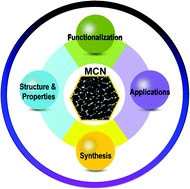Abstract
A nanohybrid based on porous and hollow interior structured LaNiO3 stabilized nitrogen and sulfur codoped graphene (LaNiO3/N,S-Gr) is successfully synthesized for the first time. Such a nanohybrid as an electrocatalyst shows high catalytic activity for oxygen reduction reaction (ORR) in O2-saturated 0.1 m KOH media. In addition, it demonstrates a comparable catalytic activity, longer working stability, and much better alcohol tolerance compared with commercial Pt/C behavior in same experiment condition. The obtained results are attributed to synergistic effects from the enhanced electrocatalytic active sites on the rich pore channels of porous hollow-structured LaNiO3 spheres and heteroatom doped efficiency on graphene structure. In addition, N,S-Gr can meritoriously stabilize monodispersion of the LaNiO3 spheres, and act as medium bridging for high electrical conductivity, thereby providing large active surface area for O2 adsorption, accelerating reduction reaction, and improving electrochemical stability. Such a hybrid opens an interesting class of highly efficient non-Pt catalysts for ORR in alkaline media.

An efficient nanohybrid based on N and S codoped graphene-stabilized porous hollow-structured LaNiO3 nanocatalysts is successfully developed for the first time. Such a nanohybrid demonstrates comparable electrocatalytic activity, better working durability, and higher methanol and ethanol tolerance compared with commercial Pt/C for oxygen reduction reaction.

